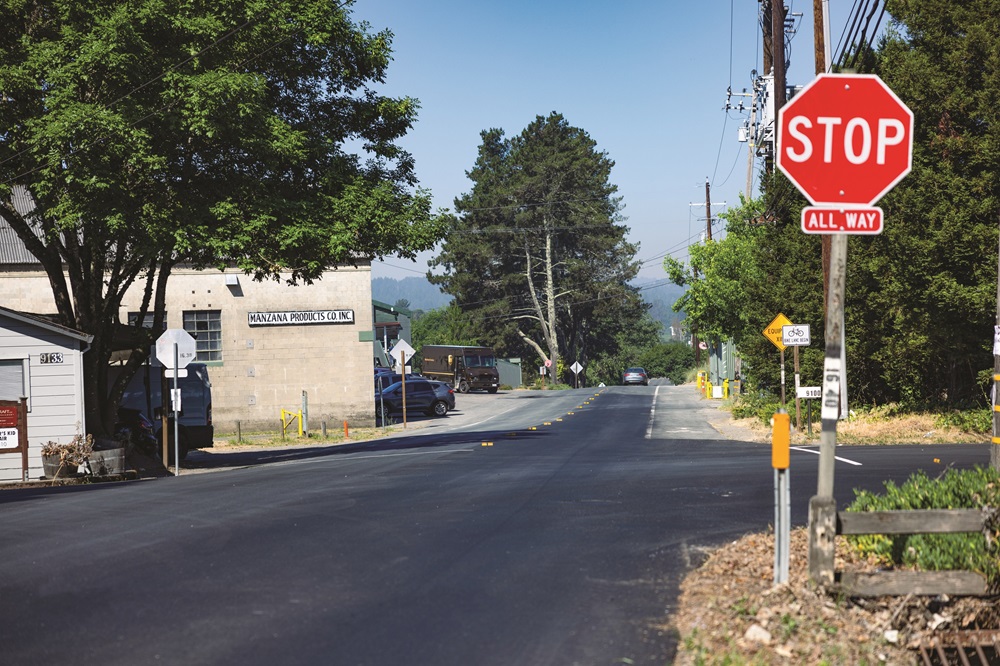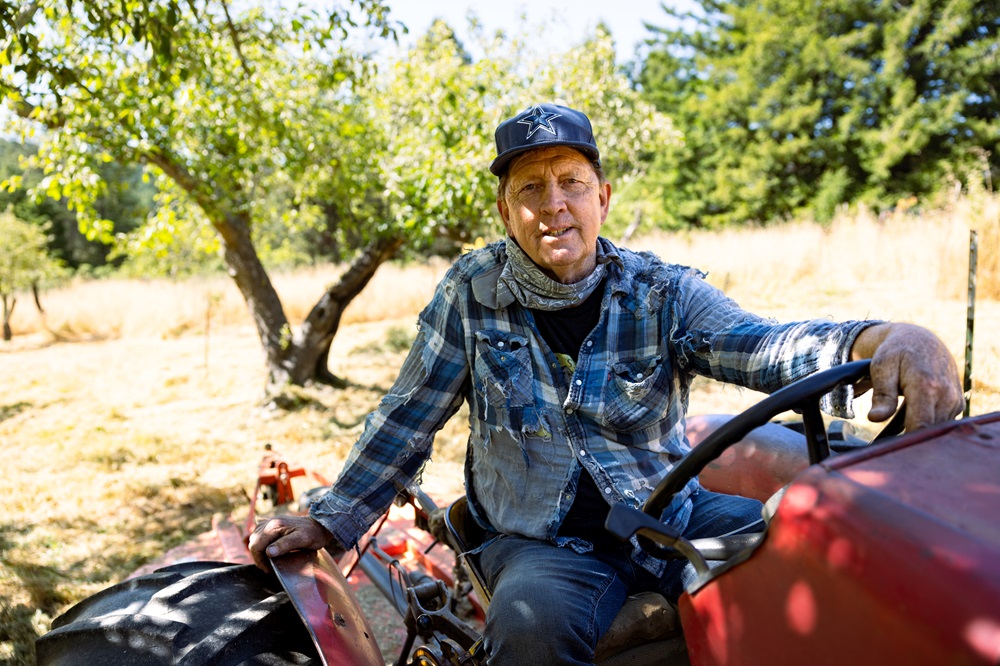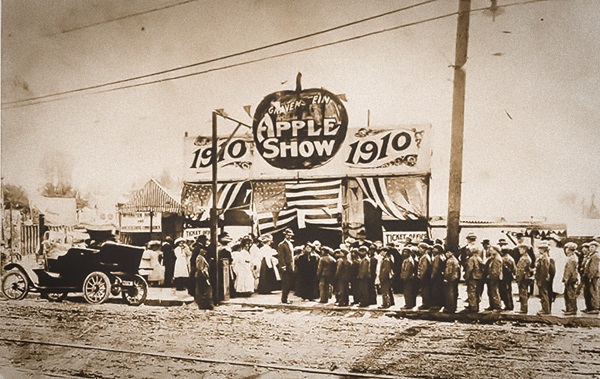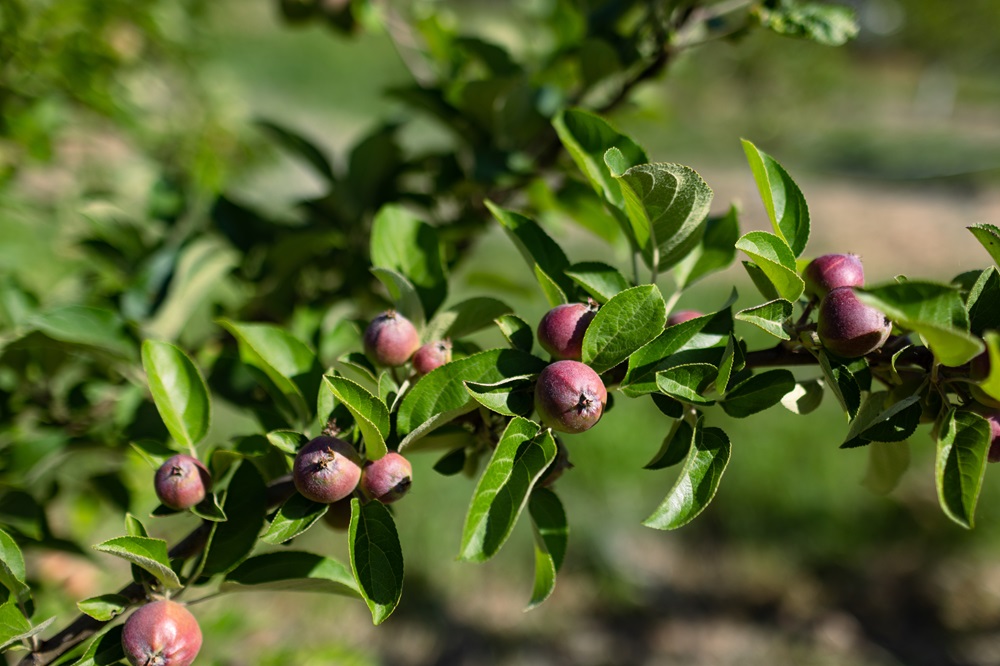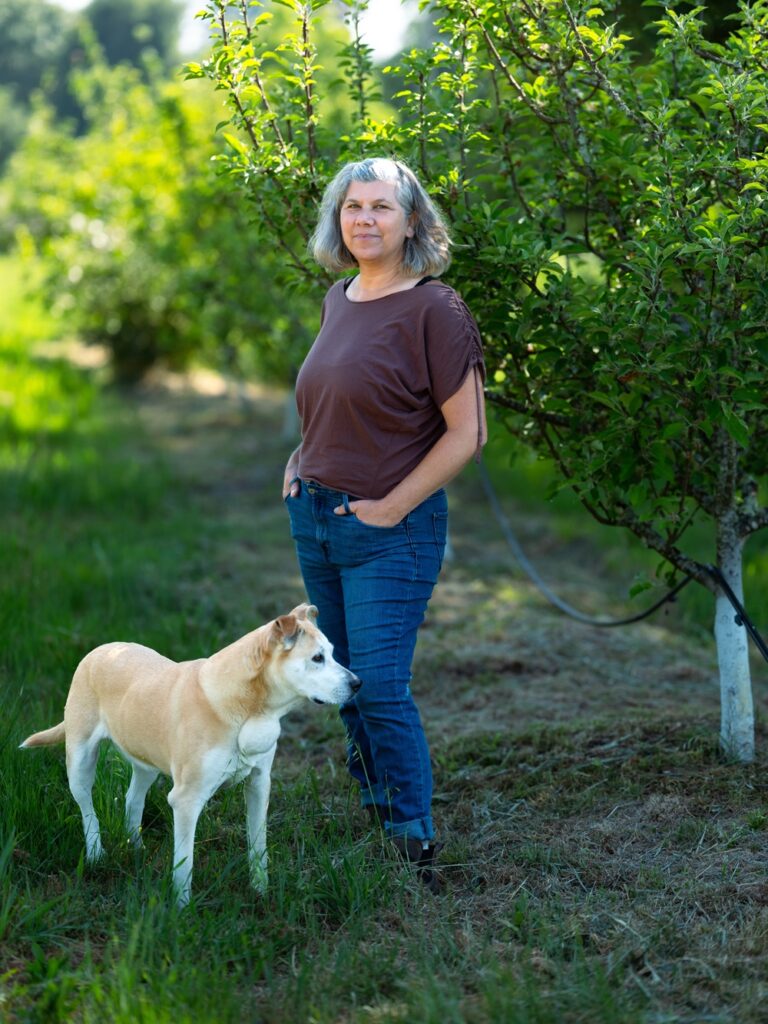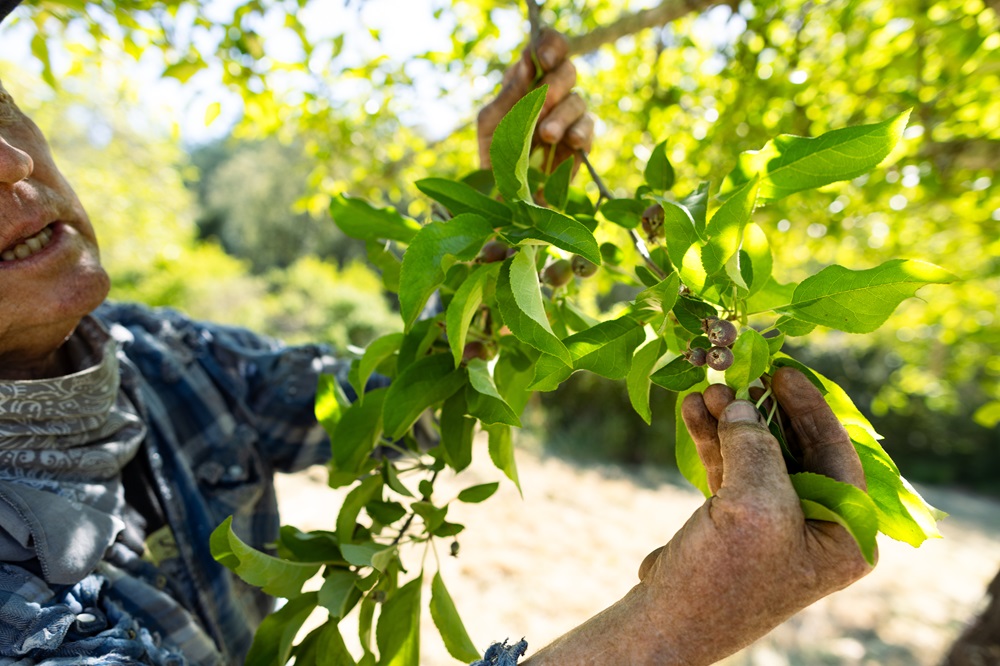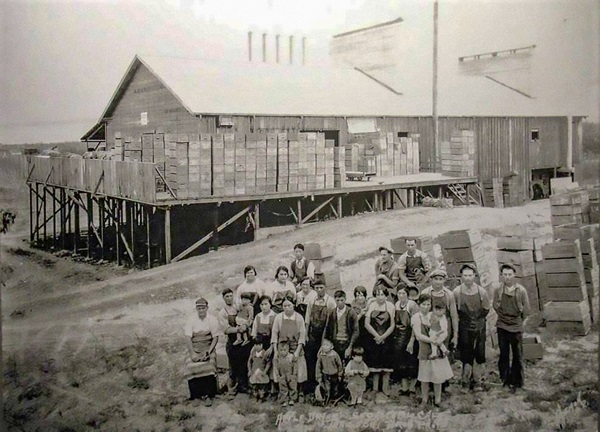Hardcore
After a Century in Sonoma County, Manzana Apple Cannery Moves to Washington. What Does it Mean for Local Apple Farmers?
PHOTOS BY PAIGE GREEN
It was a bittersweet milestone for Manzana. Just two years after reaching its centennial, the North Bay’s last remaining apple cannery announced they’re relocating to Washington.
It’s said that the only constant is change. And that old facility along Atascadero Creek, with its big metal tanks, loading docks, and piles of wooden pallets, has seen a lot of change during its long run.
Started in 1922, husband and wife team Rudolph and Maude Oehlmann began Manzana with a focus on drying: not just apples but prunes, pears, and—the cash crop of their era—hops. In fact, a century ago, California was a leading hops producer and Sonoma County grew half the state’s crop. But after prohibition, the war, and a devastating mildew outbreak, hops would gradually disappear from the local scene. Prunes, their own booming industry around mid-century, would later meet the same fate.
These weren’t the first crops of the current era in California to rise and fall. Before the Oehlmann’s time, wheat was king around here and, before that, the Spanish missions were built on the tallow and hide trade.
So when Paul Kolling, a fourth-generation Californian, quit his job in 1983 to start Nana Mae’s Organics near Sebastopol, he already knew that his crop of choice was one of a long and ever-changing agricultural succession. But now, after Manzana’s announcement, he and others are grappling with an uncertain future and wondering: will apples be the next to fall?
Nana Mae’s Organics, the family-owned Sonoma County operation, named after Kolling’s grandmother, produces dozens of heirloom varieties from over 12,000 trees. You’ll find Kolling selling fresh apples at the farmers’ market, but like other growers, the historic Manzana cannery was vital to his business, which not only sells apples, but apple juice, sauce, and vinegar. “There were half a dozen canneries here when I began,” he recalls. “Then they started falling like cards, selling out or just shutting down.”
The heyday for local apples peaked around World War II when the county boasted over 15 thousand acres of apple trees. At that time, thousands of workers packed, dried, and juiced the fruit, making sauce, cider and vinegar, which was exported all across the country. At the industry’s peak, over a million boxes of apples per year—tens of thousands of tons—brought in more than a $100 million dollars to the local economy (adjusted for inflation).
Then the trees began to disappear. By 1973, when Sonoma County Farm Trails launched the now famous Gravenstein Apple Fair, nearly half the local orchards had already been uprooted. And despite the fair’s popularity, and a new generation of farmers like Kolling growing organic to help Manzana stand out in the market, this downward trend only continued. In the following decades, another 10,000 acres of apple trees were axed.
It was around this same time that a different locally grown crop was sparking the interest of epicurean connoisseurs on the other side of the world. Grapes, which had been grown here since the mid 1800s, the time of General Vallejo, were about to transform from just another crop into an internationally recognized, multi-billion-dollar industry, quadrupling in acreage. One by one, the old orchards—apple, pear, prune—got pulled up and the rest is viticultural history.
Meanwhile, local farmers increasingly had to compete with a growing real estate market fueled by the allure of rural living. Neglected orchards were marketed as “bucolic atmosphere” more than livelihood. New arrivals bought up ranchettes with little incentive nor experience in maintaining the trees they now owned. And many of the trees were on their last legs by then anyway.
But the biggest threat, says Andy Kay, Manzana’s CEO, came from the north: Washington. With a climate equally suitable, a more consolidated industry, and a cost of living far lower (for the price of one house in Graton, you can buy three in Washington where the new facility will be located), it was simply hard to compete. In fact, when Manzana announced their plans to close up shop here, many were surprised to learn that for years they’d been importing more than 80% of their apples from Washington to make up for the available supply and cost of locally grown fruit. “We didn’t take this decision lightly,” says Kay. “But trucking apples over 700 miles doesn’t make sense financially or environmentally.”
Ellen Cavalli, who founded Tilted Shed Ciderworks in 2011 with her husband Scott Heath, acknowledges that industries rise and fall, relocate and consolidate. “I mean, there was no quest to save the prunes, was there?” she says. “Or even the hops. So why apples?”
And yet, to her, they’re still worth fighting for.
Past efforts to save the orchards have focused on history and heritage. “But the reasons to preserve apples,” Cavalli says, “are about more than just nostalgia.” Firstly, she points out, the same terroir that makes a Sonoma County wine exemplary, produces superior apples too. From the old rootstocks to the diurnal shifts in temperature, Cavalli believes the finest ingredients can be found here, and she’s committed to using only local apples for the small-batch cider that’s on pour at her Windsor-based tasting room. Secondly, the environment. “I would guess 95% of all apples grown here are dry-farmed, most of them are organic. They can withstand the crazy California weather fluctuations. Orchards are generous and they don’t take much.” And thirdly, food security: if the remaining orchards go, it’s likely more grapes will fill the void. “It’s scary,” she says, “to think we could lose our last major food crop.”
Manzana will continue operations through the next season and maintain temporary contracts with a few local growers. But in the meantime, Cavalli, Kolling, and countless others are currently exploring all the options on the table. Could a cooperative of growers take over the facility and run it themselves? Could they diversify, like the Oehlmanns did back in 1922, incorporating a wider array of agricultural crops? Or might another business save the old facility with a more lucrative value-added product? There are locally based cider brands far bigger than Tilted Shed, but despite what some consumers might assume, they too followed the Manzana model, finding it more economical to source most of their apples from the Pacific Northwest.
Emerging government-supported markets provide some hope. In the past few years, CDFA’s Farm to School program has been helping school cafeterias source more products direct from local farms and food hubs. And the new Farms Together program helps food banks do likewise, with a special focus on smaller-scale growers. But markets for fresh produce can’t entirely make up for the loss of Manzana; many apples are simply better suited for juicing than biting into.
One outcome is that the historic facility on the outskirts of Graton becomes like the Barlow in Sebastopol, a niche shopping area northeast of the downtown that centers nostalgia of the local area’s agricultural heyday. Kolling points out that, despite the inevitability of change, we do deem certain things worthy of preservation: a redwood forest in a national park, say, or an historic building. Why not a crop? Elsewhere in the world, what people grow is intricately tied to their cultural identity. Imagine Greece without its olive groves, China without its rice paddies, Italy without its Parmesan.
In America, however, our identity seems more tied to change itself than to any one thing. And farmers, like communities, don’t always have a say. Even grapes aren’t safe from change. Recent reports warning of a declining global demand for wine, coupled with rising temperatures, drought, and wildfire, has many growers worried. For an industry today synonymous with this region, it might be hard to imagine a future without vines. But 100 years ago, local hop growers might’ve thought the same.
For Cavalli, it’s not just about a crop; it’s about who we are, a culture rooted in agricultural diversity that gives Sonoma County not only its sustenance but its identity too. To save that, it’ll require creativity, collaboration, and a lot of faith. “If we believe in the future of these orchards,” says Cavalli, “we’re just going to have to invest in them.” And that, for her and Kolling and dozens of others seeking a path forward, feels like a worthwhile investment.

